• Relevant aspects of astronomy : observed abundances of elements ; Hertzsprung-Russell
• diagram; Hubble law; cosmic radiation, telescopes.
• Elements of nuclear physics: nuclear processes relevant to astrophysics, relevant
• experiments, neutrinos and oscillations, the MSW effect.
• Basic principles of stellar structure.
• Big Bang nucleosynthesis.
• Nucleosynthesis in stars : principles; stellar reaction rates and their determination;
• thermonuclear reactions, including H, He, C, Ne, O and Si burning; nucleosynthesis beyond
• iron: mechanism, s-, r- and p-process ; Stellar evolution. Supernovae: observation and
• mechanism. Nuclear reactions in the sun: the standard solar model; the problem of the solar
• neutrinos.
• Galactic chemical evolution. Nucleocosmochronology.
Final competences:
1 Describe the main mechanisms for nucleosynthesis in the universe.
2 Show clear understanding of the role of the interplay between nuclear structure and reactions on one hand and stellar structure and evolution on the other, in stellar nucleosynthesis.
3 Interpret and explain the results of numerical nucleosynthesis simulations.
4 Show insight in the principles of galactic chemical evolution and cosmochronology and apply them in problems.
5 Apply basic skills form different subdomains of physics and astronomy to solve nucleosynthesis-related problems.

